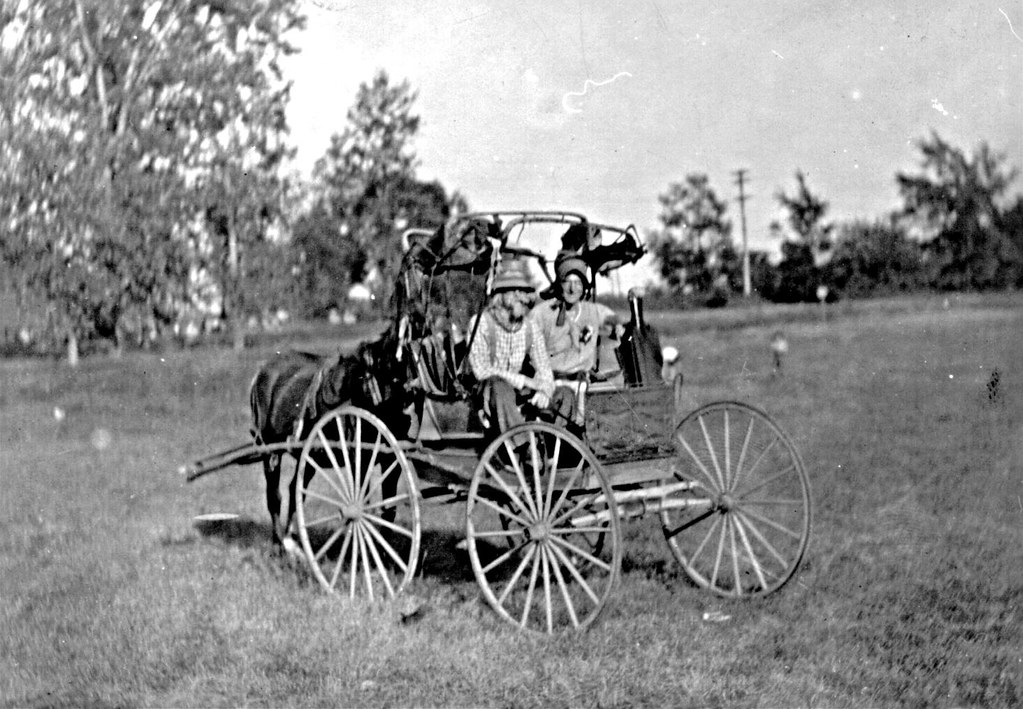Taxes Alone = A Runaway Horse
If your horse is not hitched to your wagon, don’t expect your load to go anywhere soon. Better beware too because your horse might just race off out of control. Now hold that thought.
It’s been like Groundhog Day here in the Capitol building the last couple of weeks, at least in the Senate. (Yes, I know I shouldn’t mix metaphors, but I did it anyway.) How many days for how many years – decades actually – have we awakened to the fact that we have not yet settled on a fiscal plan and that waddling, stocky furry creature is staring us in the face? I for one am getting quite tired of the little guy.
Let me see, it’s been eight years since former Governor Walker vetoed part of the PFD and put us in this bushy squirrel-like tailspin. Fights over the PFD every year, extended sessions and special sessions, anxieties over revenues, either blind eyes or high blood pressure over unsustainable spending, no clear path, no certainty.
For how many years have business and industry organizations, chambers, and others told lawmakers that their #1 legislative priority is that a fiscal plan be put in place? Dare I say for some groups, it’s been more than a dozen, for others even more than two decades?
Unless those in the Senate holding chairmanships of committees of jurisdiction are willing to come to the table to put together a real fiscal plan, one with multiple components as outlined in the recommendations of the 2021 Fiscal Policy Working Group, we will go nowhere fast. Meanwhile, we’re creating an incredibly unstable environment for the private sector and missing out on billions of dollars of capital investment into our economy. This in turn means fewer jobs and more good Alaskans moving out of state.
If we want to change that trajectory, the legislature must pass the following components and link them all together through contingency language so none move ahead in isolation. The first two set the parameters and without them, you will not be able to determine the fiscal gap. Once you know what the fiscal gap is, you can then determine how to close it with the last two items.
- A constitutional amendment to settle the PFD to go before the voters (if only in statute, the statute can be ignored by the legislature according to the courts)
- A constitutional amendment to settle the spending cap to go before the voters (if only in statute, the statute can be ignored by the legislature according to the courts)
- Revenue measures
- Reduction efforts (SB9 would meet this criteria)
Right now, the Senate Majority is focused on #3 (SB114 oil taxes). That is the cart before the horse, my friends. Pass taxes without a spending cap and what do you get? A runaway horse, i.e., runaway taxes coupled with runaway spending. This would be disastrous for a state with a small population.
State Budgeting 101: make sure your budget is proportional to what your economy and population can afford. Otherwise, if the rug gets pulled out and a primary source of revenue (in our case, oil) drops, and the rest of the economy (i.e., the people) can’t make up the shortfall, there will be disruption and chaos in Alaska like we’ve not seen.
And oh, by the way, the fact that Senate Finance is working on a statutory change to the PFD, that doesn’t meet the criteria for #1 above. Unless they decide to tie the PFD statute to the constitution, it is not a true and lasting component of a long term fiscal plan.
One final note. Twenty months ago, there were 50 legislators (give or take a few) out of 60 who expressed support for and interest in the recommendations of the Fiscal Plan Working Group moving forward through the legislative process. The ten or so who did not were chairs of committees of jurisdiction for the 4 components. The result? Not a single hearing was held on the plan recommendations and the components stayed logjammed.
I don’t know what the nose count is in 2023 for those interested in moving the components forward but I think it would be up in the same range, pushing 50. If some of those same legislators who blocked movement in 2021-2022 would decide not to block the components again in 2023-2024, we can get that horse in the right position, Groundhog Day will be over, and our economy will grow.







